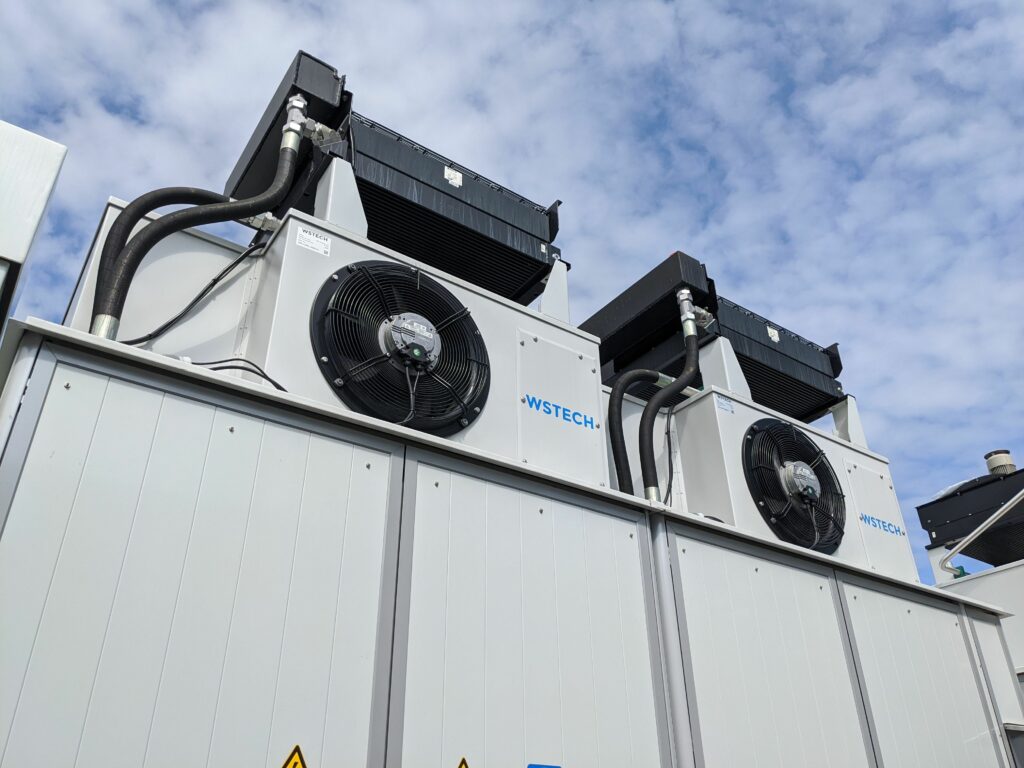Arenko has become the first provider to qualify a non-Balancing Mechanism Unit (BMU) while complying with Dynamic Containment’s requirement for real time monitoring.
It has qualified Gore Street’s Lower Road 10MW battery, which, the company announced earlier this week, it is optimising following a partnership with the storage investment fund.
In order to qualify the battery, high resolution operational metering and accurate, automated communication channels had to be set up with National Grid ESO in order to pass conformance testing.
From 1 April 2021, all non-BMU battery assets delivering Dynamic Containment will need to qualify for RTM or they will become ineligible for the service. Currently, more than half (207MW) of the total 405MW worth of battery storage capacity that is playing into Dynamic Containment does not qualify for RTM, Arenko said.
Rupert Newland, founder and CEO of Arenko Group, said they were “delighted to be the first” to offer non-BMU RTM.
“Our flexible software solution enables us to quickly respond to market changes so that we can rapidly offer new features to our customers and our automation technology allows us to deliver best in class performance. Today’s announcement is yet another example of Arenko’s consistent track record on being the first entrant to new markets and of how software and automation can contribute towards a cleaner, greener future.”
Arenko made the announcement within an update of its activities in the Dynamic Containment, pointing as well to its success in stacking this revenue stream with the Balancing Mechanism following changes to National Grid ESO permitting from 27 January 2021.
The company said it was the first group to offer customers stacking of the Balancing Mechanism and Dynamic Containment, along with wholesale power rebalancing, in real time.
Stacking has lowered the cost of delivering Dynamic Containment from £0.69 per MW per hour to £0.17 per MW per hour, Arenko said. This 75% reduction in cost creates an overall revenue uplift of 3% for customers.
Dynamic Containment was launched in October 2020 by National Grid ESO as an additional form of frequency response. It offers the highest price for frequency services, with a cap of £17/MW/h, more than double other services.
However, due to the substantial demands of the service it has remained undersubscribed, with an average daily volume of 333MW in January 2021, far below the 600-800MW target, according to EnAppSys.
Although National Grid ESO is technology neutral and Dynamic Containment is open to a broader range of technologies, currently only battery storage is playing into it given these demands, with the service requiring both incredibly fast and incredibly controlled responses.
Arenko worked with National Grid ESO last summer on a project looking at using battery storage for reserve as well, with the results of the trials released this week showing that it could save £195 million by switching from CCGTs to batteries for the service.
Our publisher Solar Media will be hosting the Energy Storage Summit 2021 in an exciting new format on 23-24 February and again on 3-4 March. See the website for more details.





